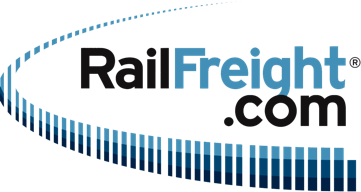Römer on the rails
Römer is increasing market share by focusing on clamps, buffers, and rollers, particularly its SFRS guide roller systems, PUDZ III hydraulic buffers, and VZFH-HVZ storm brakes.

German brake manufacturer Römer Fördertechnik GmbH is having success with clamps, buffers and rollers. Speaking to WorldCargo News Römer CEO Christiane Römer said the company has been building market share by focusing on these product areas.
“Our current focus is on our guide roller systems type SFRS, our hydraulic buffers type PUDZ III, and storm brakes type VZFH-HVZ with integrated lifting and lowering function.“
With regard to the hydraulic buffers product line, we currently have an interesting project in which our SWD rope rocker dampers are being used. These serve as a damping element between the redundant rope systems of the boom hoist on STS crane systems, Christiane Römer said.
“The rope rocker damper has long been used in crane systems for nuclear power plants,” she continued. On the boom hoist of an STS crane, they protect against damage from a rope failure. Here a “sudden transfer of force due to failure of a rope strand can also result in considerable dynamic forces, which can also compromise the stability of the STS crane system,” Christiane Römer said.
Another specific area of focus for Römer is guide rollers for long travel applications, where the company has developed its SFRS guide roller system.
“These systems have the advantage of an integrated damping solution. In addition, the systems are suitable for introducing horizontal guiding forces, which are caused by eccentric loads, among other things, into the crane structure with compatible dynamics. We already have projects with various major crane manufacturers in this field,” Christiane Römer said.
Römer’s product range includes hydraulically and electromagnetically actuated brakes. Christiane Römer said the company sees the general market push to eliminate hydraulics due to the environmental risk of leaking oil and other factors, but this is not always possible.
“Depending on the drive, there are alternatives to hydraulically actuated brakes, but for the lifting system, for example, where high braking performance is required, there is still no alternative to hydraulics,” she concluded.




